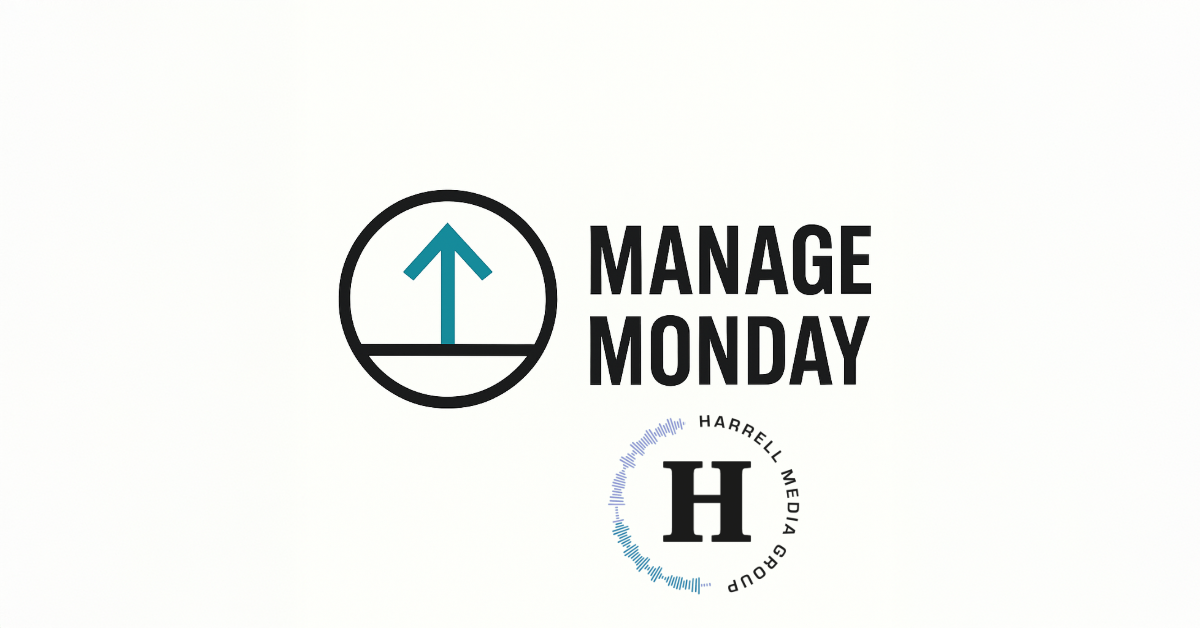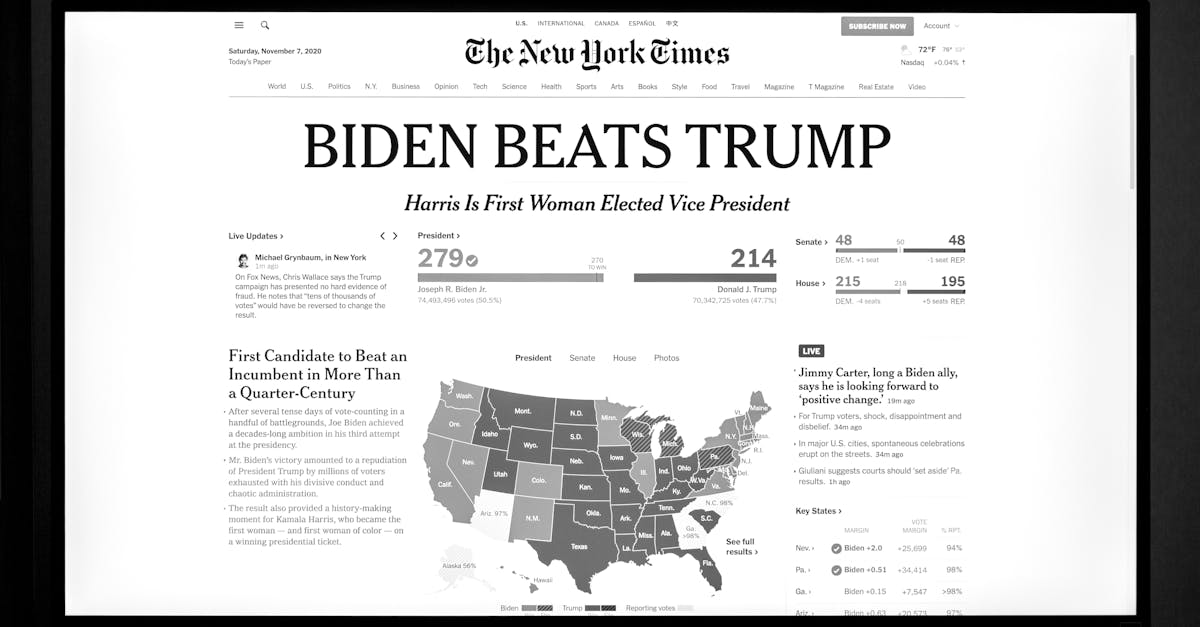We take you live to the weekly Monday morning Strategic Huddle. “Good morning. It’s 9:00. If you just joined the meeting online or walked into the conference room one minute ago, you’re late. In the next 59 minutes, we will move the needle on weekly analytics, synergize our scalable low-hanging fruit for the week, and future-proof our culture of excellence. Before we start, I’d like to circle back to the paradigm shift we discussed at the end of last week’s meeting.” Jargon. The native tongue of meetings.
A folder in my Notes app called ByLines is full of random ideas and thoughts for this column. About 61% of the thoughts I chronicle while walking and driving never make it to print. Periodically, I do a quick audit of the folder to see if one of those forgotten entries has blog potential. Apparently, I didn’t see the potential to leverage these thoughts into granular information to benefit our ecosystem two years ago. Maybe I didn’t have the bandwidth. Well, that changed when I looked at the folder Sunday night. Here’s what I found.
Getting into my folder
- “It is what it is.” The next time someone says this, ask them, “What do you mean?” Track the responses and notice the different interpretations of one of my least favorite expressions. Most responses mean the same thing: I’ve given up on this.
- “I’m not telling you what to do.” Yes, they are. Look out. Here it comes. Translation: If it fails, I just absolved myself from responsibility.
- “You want my opinion?” Well, yeah. That’s why I asked. However, there will be unsolicited bonus opinions attached.
- “But it’s your decision.” They are removing themselves from any liability for an ineffective decision.
My folder entry continued with these thoughts: Corporate jargon, cliches and catchphrases: If you have a team member who frequents catchphrases in meetings (we all have at least one), then tally the number of times the person says, “New normal,” “Culture,” “Circle back,” “At the end of the day,” “Move the needle,” or “Put a pin in it.” You will have a notebook entry with seven hash marks for that meeting. The benefit is that it helps me focus on the presenter’s message. I don’t recommend letting the person know you track their corporate jargon.
Business jargon timeline
Jargon is language. We all use it, and every era is responsible for adding new terms and phrases. I researched a terminology timeline over the past century, and here’s a quick summary AI created.
- Early 1900s: Efficiency, Taylorism (scientific management) — the language of stopwatches and assembly lines.
- 1930s: Streamlining, Lean — born from Depression‑era survival mode.
- 1940s: Operations, Logistics — military precision meets office planning.
- 1950s–60s: Synergy, Paradigm Shift — the rise of management science and consultant‑speak.
- 1990s–2000s: Disruption, Agile, Pivot — the tech boom’s rallying cries.
- 2020s: Remote‑first, Digital Transformation — post‑COVID rebranding of how and where we work.
The jargon remains in our vocabulary. The older worker continues to use terms like in the wheelhouse and all-hands meeting. But they’re more likely to use functional capabilities and thought leader in their presentation terms. It’s tougher as we mature. Just about the time we’re comfortable with a business term, we have to educate ourselves on new lingo.
Guilty! I’ve caught myself using granular in conversation lately. In a previous life, I used that term to describe salt or sand, not to ask for more details on a project. The reason my audit of the Notes folder generated this blog is because of a comment I made on a LinkedIn feature by Keith Cunningham, Master of Mayhem & Ring Leader at 95.5 KLOS radio in Los Angeles. In volume 4 of his Buzzword Burnpile, I came clean with my recent addiction to granular.
“In closing, I want to create alignment.”
Jargon isn’t evil. It can save time and add clarity if everyone knows the language. Otherwise, you’re creating more dissonance (is that considered a buzzword?) or you’re excluding people with your vocabulary. Here are three challenges:
- Clarity Over Cliches: If I’m moving the needle, then explain the movement and the changes.
- Read The Room: My reliance on jargon in serious or tense moments can be seen as an escape.
- Have Fun With It: If I can’t stop saying circle back, then I should own it and make it part of my brand. The room will admire the honesty.
Thanks for reading this week’s Manage Monday column. At the end of the day, it is what it is.

Ron Harrell
As the Principal Story Finder of Harrell Media Group, I offer Brand & Talent Coaching and Fractional Management services. I’m available for public speaking engagements.
Contact me for a No Copy & Paste review.



